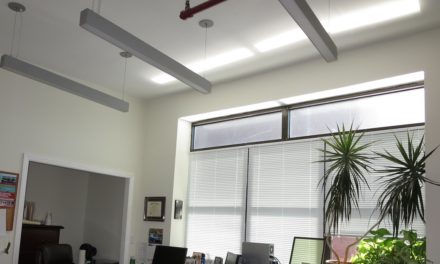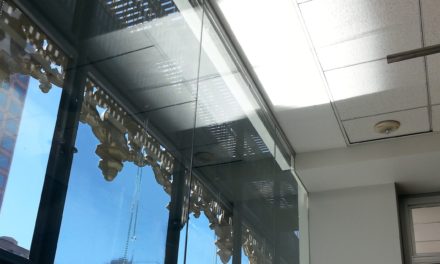It is quite amazing the vital force sunlight has on human health and well-being. We are just starting to understand the strong dependencies our bodies have on this natural, full-spectrum light. Interestingly, given this knowledge coupled with the critical role healthcare facilities play in our health and well-being; many of these facilities do not offer adequate beneficial daylight.
Powerful Health Benefits of Natural Light
The invention of the electric light bulb enabled the ability to construct buildings without concern of the orientation to the sun; the interior space could be lit artificially day or night. This seemed a great idea at the time. However we have recently learned a great deal about the physical, physiological, and psychological benefits of sunlight.
Studies suggest access to natural full-spectrum lighting from the sun is critical to optimal health and well-being. Our body’s circadian rhythm or master clock needs light to perform basic functions like sleeping or waking. And, “…sunlight actually increases levels of a natural antidepressant in the brain. On sunny days, the brain produces more of the mood-lifting chemical serotonin than on darker days,” writes Dr. Michael Murray for Care2.com.
In 2012, a revealing study about the ultraviolet-B (UVB) vitamin D connection to health, published in the Journal of Anticancer Research and based on data from over 100 countries, “consistently found strong inverse correlations with solar UVB for 15 types of cancer”, with additional evidence in the protective role of sunlight in 9 other types of cancer. (Study by William B. Grant, Ph.D., Sunlight, Nutrition, and Health Research Center)
And, the sun plays a key role in recovery from injury or illness. “University of Pittsburgh researchers reported in 2005 that spinal surgery patients experienced less pain and stress and took fewer pain medications during their recoveries if they were exposed to natural light. An older study showed that the view out the window (trees vs. a brick wall) had an effect on patient recovery,” reports the Harvard Health Letter, July 2010.
Are Healthcare Facilities Healthy?
In the case of older healthcare facilities, many tend to feel like a maze of walls and corridors with curtains drawn or walls erected—electric lighting full on and daylight is shut out. Staff work round-the-clock and many times do not feel natural lighting nor experience the views outdoors for their entire shifts.
We have to remind ourselves that in healthcare facilities, it is not only the patients who benefit from a healthy daily dose of sunshine and views to the outside world, but staff as well. Without appropriate levels of natural light we do not see or feel as well and we are not as alert and vibrant—anyone is prone to become sickly, depressed or develop a general malaise. Is this how we want our loved ones to feel while trying to get well? Do we want their caregivers to feel and perform other than at their best? We need exposure to beneficial sunlight for the body to function well and feel good. Daylighting promotes healing and revitalizes patients and their caregivers.
Daylighting Plan
“Daylight through windows can comprehensively meet the whole of the visual, non-visual and perceptual requirements of the people living and working in built environments, clearly enlightening both the task and the internal spaces, and providing the conditions needed for health and well-being..” (Study by Sergio Altomonte, Daylight for Energy Savings and Psycho-Physiological Well-Being in Sustainable Built Environments).
An integrated daylight harvesting plan which includes beneficial daylight and view retaining window technologies, reflective ceilings, and daylight sensitive dimable lights will provide a better indoor environment—better lighting and views—enhancing the health and well-being of all occupants.





